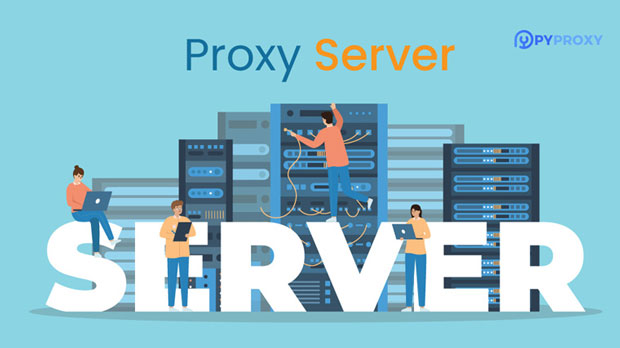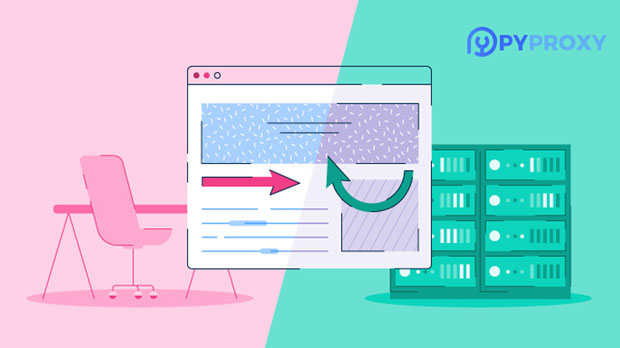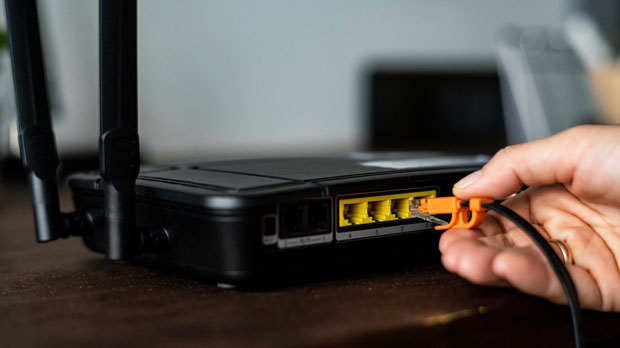In the world of proxies, Socks5 is one of the most widely discussed types, but how does it compare with other common proxy types, such as HTTP proxies? The main difference lies in their functionality, security features, and the kind of traffic they support. While HTTP proxies focus mainly on web traffic (i.e., HTTP/HTTPS requests), socks5 proxies offer a more versatile solution, supporting a wide range of protocols, including TCP, UDP, and more. This difference influences how each proxy type performs, its level of security, and its use cases. In this article, we will explore the distinctions between Socks5 and other proxies in detail, analyzing their features, pros, cons, and best use cases. What is socks5 proxy?Socks5 is the fifth version of the "Socket Secure" protocol. This type of proxy acts as an intermediary between a client and the server, redirecting traffic to the destination on behalf of the client. What sets Socks5 apart is its flexibility and support for various types of traffic, including TCP (Transmission Control Protocol) and UDP (User Datagram Protocol). Socks5 proxies don't alter the data sent between the client and server, maintaining a high level of anonymity while providing more robust capabilities for handling different internet services, such as web browsing, online gaming, or file sharing.Socks5 proxies are also known for their ability to bypass geographic restrictions, which makes them popular among users looking to access region-blocked content. Furthermore, Socks5 supports authentication, enhancing security by requiring users to log in before establishing a connection.What is HTTP Proxy?HTTP proxies, on the other hand, are more specialized and generally only support HTTP and HTTPS traffic. This type of proxy server handles web requests and is commonly used for browsing the internet anonymously, managing bandwidth, and bypassing simple geo-blocks or content filters. HTTP proxies work by intercepting and forwarding requests between the client (typically a web browser) and the server hosting the desired website. They are much more limited compared to Socks5, as they can only handle traffic related to web browsers and cannot support other types of data like UDP.The core function of an HTTP proxy is to forward HTTP/HTTPS requests to the server, which means that they are optimized for browsing and web-based activities but not ideal for tasks requiring other internet protocols (such as gaming or torrenting).Key Differences Between Socks5 and HTTP ProxiesWhile both Socks5 and HTTP proxies serve as intermediaries between the client and server, there are several key differences that set them apart. Below are the most important aspects in which these two proxy types differ:1. Protocol SupportOne of the primary differences between Socks5 and HTTP proxies is the types of protocols they support. Socks5 proxies are much more versatile, handling various internet protocols like HTTP, HTTPS, FTP, and even non-web traffic like UDP. This makes them ideal for a wide range of applications, from secure browsing to peer-to-peer file sharing and online gaming.In contrast, HTTP proxies are designed specifically for handling web traffic, meaning they only support HTTP and HTTPS protocols. This limitation makes them less suitable for tasks like video streaming, gaming, or any application that involves non-HTTP traffic.2. Security and AnonymityBoth Socks5 and HTTP proxies offer a level of anonymity by masking the client's IP address, but Socks5 is generally considered more secure. This is due to its support for authentication, encryption, and the ability to handle a wider range of internet protocols securely.Socks5 also does not modify the data sent between the client and server, ensuring that the data remains untouched. HTTP proxies, on the other hand, are more likely to modify the request headers or even inject ads, which could expose the user to privacy risks.3. Speed and EfficiencyWhen it comes to speed, Socks5 proxies tend to perform better because they are less restrictive in terms of protocol handling. Since Socks5 doesn’t manipulate the data passing through it, users experience faster connections, especially when using non-HTTP protocols like UDP. This is beneficial for applications such as gaming, streaming, or file-sharing, where speed is critical.HTTP proxies, however, often introduce additional latency due to their protocol-specific design. They are typically slower than Socks5 proxies, particularly for tasks outside of web browsing.4. Use Cases and FlexibilitySocks5 proxies are more flexible and can be used for a wide variety of purposes. They are suitable for users who need to access a range of internet services securely and anonymously. This includes activities like browsing the web, using torrent clients, gaming, streaming, or even sending emails securely. Due to their protocol support and superior performance with non-HTTP traffic, Socks5 proxies offer much greater versatility.HTTP proxies, on the other hand, are more suited for individuals looking to browse the internet anonymously or bypass simple geo-blocks. They are ideal for users who do not need support for non-web traffic, making them a good choice for basic internet browsing.5. Authentication and EncryptionSocks5 proxies offer better security in terms of authentication and encryption. Users can set up login credentials for their Socks5 proxy connections, ensuring that only authorized users can access the proxy. Additionally, Socks5 allows for encrypted connections, offering an extra layer of security when transferring sensitive data.HTTP proxies, in general, do not offer such comprehensive security features. While some HTTP proxies do allow for basic authentication, they are not as robust as Socks5 in terms of encryption and security measures.Conclusion: Choosing the Right Proxy for Your NeedsIn summary, Socks5 proxies and HTTP proxies have distinct differences that make them suitable for different use cases. If you need a proxy for secure web browsing with basic anonymity and are only concerned with HTTP/HTTPS traffic, an HTTP proxy may be sufficient. However, if you need a more versatile and secure proxy solution that can handle a variety of internet traffic types with enhanced anonymity, Socks5 is likely the better choice.When deciding which proxy to use, consider factors like the types of traffic you plan to handle, the level of security you require, and the performance needs of your activities. For example, if you’re streaming, gaming, or engaging in file-sharing activities, Socks5 will likely provide a better experience due to its support for multiple protocols and superior speed. For casual browsing and simple security, an HTTP proxy will meet your needs, though it comes with its own limitations.Understanding the differences between these two types of proxies is crucial to ensuring that you select the best tool for your specific needs.
Jan 06, 2025
![arrow]()



















































